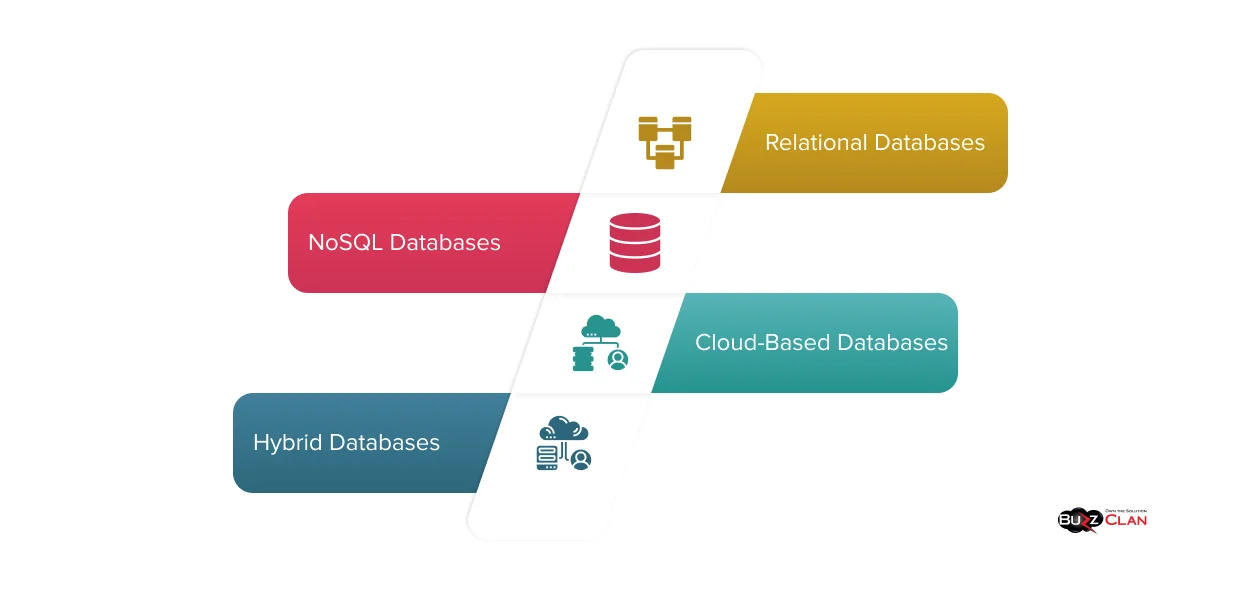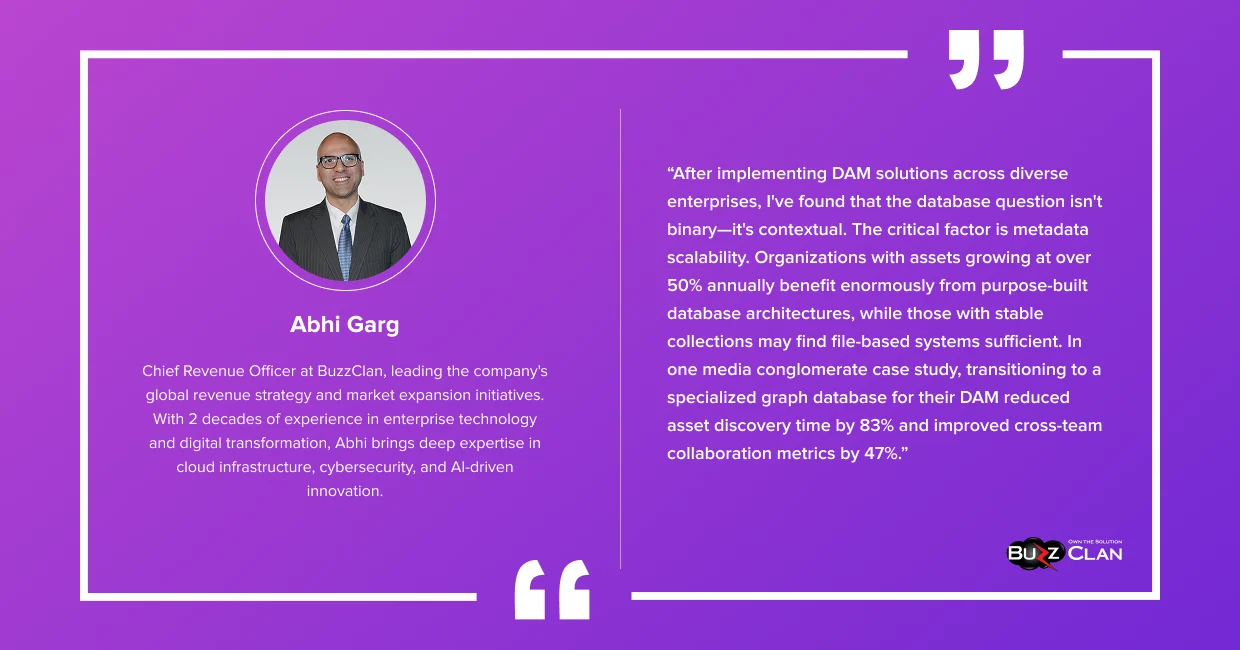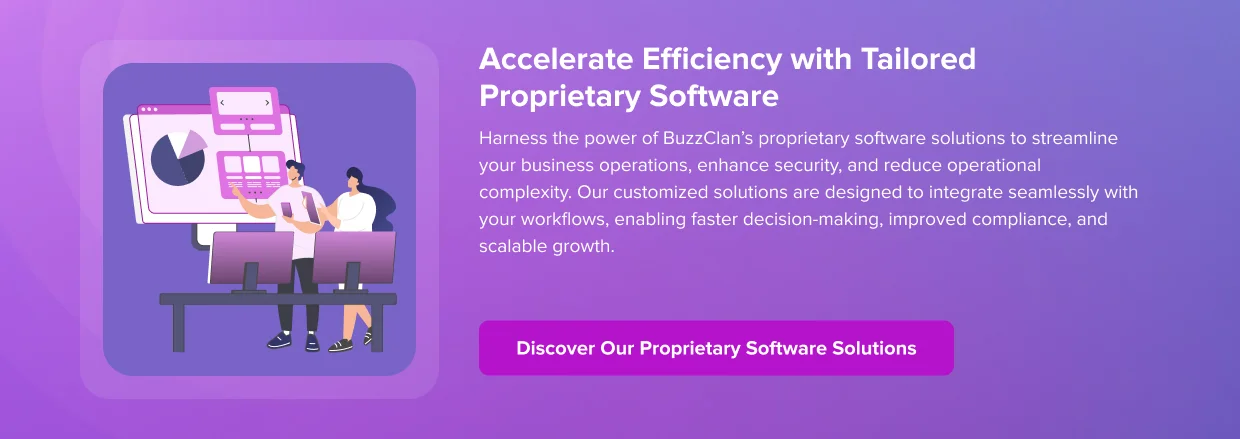Do Digital Asset Management Systems Need a Database? The Technical Foundation of Modern DAM Solutions
Priyanshu Raj
Oct 31, 2025
What is a Digital Asset Management (DAM) System?
What is an asset? It is something tangible or intangible that has value. Following this, what is a digital asset? As per its name, a digital asset exists digitally and holds value for individuals, companies, or countries. These can be images, videos, presentations, documents, or media files. These digital assets need to be managed so everyone can access them effortlessly without needing to remember each one.
Picking the desired digital asset among hundreds of thousands of files from a company database is like finding a needle in a haystack. Almost every company faces this issue. Digital Asset Management (DAM) systems have been created to solve this issue. A DAM system is a software solution that helps store, organize, manage, and share digital files. It allows users to search and navigate files easily through its dashboard, so users can search their files just by searching for relevant information regarding that particular file.
Types of Databases Used in DAM Systems
There are four primary types of databases used in DAM systems; these are as follows:

Relational Databases
These are popular for DAM systems implementation because they store predefined database schemas with structured data. They effectively handle metadata relationship complexities and digital assets.
There are four primary types of databases used in DAM systems; these are as follows:

These are popular for DAM systems implementation because they store predefined database schemas with structured data. They effectively handle metadata relationship complexities and digital assets.
NoSQL Databases
These databases manage unstructured or semi-structured data, such as images, videos, and documents. MongoDB and DynamoDB are two examples of NoSQL databases.
Cloud-Based Databases
Cloud-based databases help organizations to store and organize data effectively within public or hybrid cloud environments. Companies that deal in assets, such as multimedia companies, opt for cloud databases with unlimited storage. Why go with the cloud? One significant advantage of the cloud is that users can access assets anywhere globally. Some examples are Google BigQuery and Snowflake.
Hybrid Databases
As the name suggests, hybrid databases combine on-premise and cloud databases. They are helpful to organizations that need flexibility but want scalability.
Do Digital Asset Management Systems Need a Database?
Yes, digital asset management systems need a database. They need it because it allows smooth, quick operations without hampers and complexities. Why does DAMS need a database? Let’s understand the reasons behind ‘why’ below:
- Metadata Storage & Organization: A database stores the metadata of any digital asset. What is metadata? Metadata holds the descriptive information of that particular asset, such as tags, keywords, file types, and creation dates. These metadata allow users to search for a file without much complexity and with the available information that the user has in mind.
- Powerful Search and Retrieval: After storing the metadata, databases index it so users can easily search their assets. Users can search for their files with only fragments of information about the file, and the database’s powerful search helps to retrieve them.
- Access Control & Security: Databases act like security guards in a DAM system. They restrict access to digital assets that others shouldn’t use or are confidential, helping maintain cybersecurity.
- Version Control: Databases record the versions of digital assets, including every asset version if any changes are made to it, such as renaming. They also allow users to revert to previous versions.
- Scalability: Databases are designed to handle large volumes of data and can be scaled to accommodate growing asset collections.
How BuzzClan Aligns DAM Solutions with Business Objectives
BuzzClan transforms DAM systems into strategic growth engines by integrating AI-driven cloud solutions for smart asset management, leveraging advanced analytics to uncover actionable insights, and crafting custom tools that streamline workflows and collaboration.
It does all this while fortifying security with robust protocols and seamlessly syncing with workforce tools to optimize business operations. This ensures that digital assets stay organized and drive efficiency, innovation, and competitive advantage.
Advantages of Using a Database in a DAM System
Why should businesses use a database in a DAM system? Here is how a company could benefit:
- Structured Organization: The metadata of digital assets is stored in a database. This helps an organization search and retrieve files easily and more efficiently.
- Powerful Searching: Don’t know the file's name? No problem. With a database in a DAM system, you can search via multiple criteria, such as date, project, and file type. This will help you find the file quickly and without much complexity.
- Relationship Management: It can create relationships with other files. This will help users surf less and quickly get their desired file. (This is true in some DAM systems.)
- Scalability: One significant advantage is that it can store and manage digital assets at a large scale without performance degradation.
- Multi-user support: If two or more employees want to access files from a DAM, they can easily do this without bottlenecks. The database allows it.
Why should businesses use a database in a DAM system? Here is how a company could benefit:
- Structured Organization: The metadata of digital assets is stored in a database. This helps an organization search and retrieve files easily and more efficiently.
- Powerful Searching: Don’t know the file's name? No problem. With a database in a DAM system, you can search via multiple criteria, such as date, project, and file type. This will help you find the file quickly and without much complexity.
- Relationship Management: It can create relationships with other files. This will help users surf less and quickly get their desired file. (This is true in some DAM systems.)
- Scalability: One significant advantage is that it can store and manage digital assets at a large scale without performance degradation.
- Multi-user support: If two or more employees want to access files from a DAM, they can easily do this without bottlenecks. The database allows it.
Challenges of DAM Without a Database
Thinking of going ahead with DAM without a database? Consider these points and take another guess!!
- Limited Search Capabilities: Searching a file in piles of other files and documents is less precise and much slower. Meanwhile, you get files at your fingertips in a database query without hassle.
- Poor Metadata Management: When a database is present in a DAM system, it holds the metadata of the assets. But when it isn’t present, the metadata is stored in the file or other spreadsheets. This leads to poor metadata management and an ineffective DAM system.
- Version Control Issues: Finding the file versions becomes difficult and complex if a database isn't available.

Choosing the Right DAM System for Your Organization
Here is the step-by-step procedure through which you can select the right DAMS for your business:
Company Accomplishments from the DAMS
Write down what you need from a DAMS and how it aligns with your organization’s goals. It could be managing and organizing large volumes of digital assets. The goals can also be to ensure collaboration and security while handling digital assets.
Assess Current Processes and Infrastructure
Find out your current level of processes and infrastructure. This includes determining how much storage space files take up in your system, evaluating your retrieval processes, and assessing the pain points. These pain points can be disappointing and create operational hurdles, such as a lack of storage or missing version control.
Essential Features to Evaluate
When comparing DAM systems, focus on these core features:

Here is the step-by-step procedure through which you can select the right DAMS for your business:
Write down what you need from a DAMS and how it aligns with your organization’s goals. It could be managing and organizing large volumes of digital assets. The goals can also be to ensure collaboration and security while handling digital assets.
Find out your current level of processes and infrastructure. This includes determining how much storage space files take up in your system, evaluating your retrieval processes, and assessing the pain points. These pain points can be disappointing and create operational hurdles, such as a lack of storage or missing version control.
When comparing DAM systems, focus on these core features:
| Sr. No. | Feature | Importance |
|---|---|---|
| 1. | Scalability | Adapts as your organization grows |
| 2. | Disaster Recovery | Strong backup and recovery options |
| 3. | Device & Format Support | Works across devices and supports diverse file formats |
| 4. | Search & Retrieval | Robust search, filtering, categorization, and metadata tagging |
| 5. | Integration | Compatibility with existing systems (ECM , CRM, marketing automation, etc.) |
| 6. | Security & Access Control | Multi-factor authentication, role-based permissions, and file encryption |
| 7. | Device & Format Support | Works across devices and supports diverse file formats |
| 8. | Asset Management | Handles various file types (images, videos, documents) |
Compare Vendors and Solutions
Compare several vendors and solution providers to choose the best among the best. Ask vendors if they have helped companies with conditions similar to yours. Go through intensive planning and discussions and compare vendors' usability, support, and pricing.
Avoid Common Pitfalls
There are some common pitfalls; be sure that you avoid them:
- Overlooking integration and scalability requirements.
- Poor UI and UX system, which makes searching and navigation difficult.
- Price-focused. Choosing a less-expensive solution that doesn’t align with your long-term needs.
Compare several vendors and solution providers to choose the best among the best. Ask vendors if they have helped companies with conditions similar to yours. Go through intensive planning and discussions and compare vendors' usability, support, and pricing.
There are some common pitfalls; be sure that you avoid them:
- Overlooking integration and scalability requirements.
- Poor UI and UX system, which makes searching and navigation difficult.
- Price-focused. Choosing a less-expensive solution that doesn’t align with your long-term needs.
Further Reading
Conclusion
Yes, digital asset management systems need a database for their key features and functions, such as storing, organizing, and retrieving digital assets. Without a database, a DAM cannot do intense searching using metadata. It cannot provide robust security while maintaining access controls for other employees.
Do you have many digital assets to store and share in your company? Go with a digital asset management system (DAM). From the above brief guide, choose the right DAM system for your organization, understanding its advantages and challenges. However, for an effective and efficient DAM system, contact us. At BuzzClan, you can unlock the full potential of databases in DAMS with AI-driven solutions and advanced analytics.
FAQs

Get In Touch

